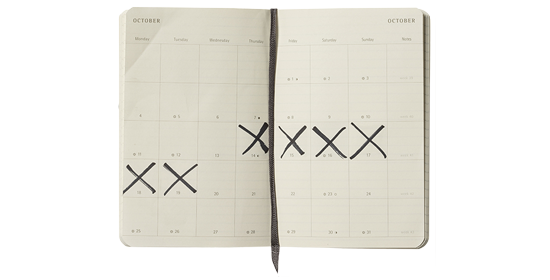
Fertility Awareness-based methods—aka natural family planning—are all about tracking your menstrual cycle to determine the days that you can get pregnant. The tricky part is actually knowing when those days are. To do that, you’ll need to pay very close attention to your body and its patterns. Here we list all the different ways you can monitor your day-to-day fertility.
Fertility Awareness-based methods are inexpensive and hormone-free
Fertility awareness methods aren’t among the most effective—better when practiced perfectly.
97%
82%
None.
Daily tracking is required to really use fertility awareness-based methods correctly.
Supplies online or from health centers. Take classes from some health centers or churches. Find your local health center here.